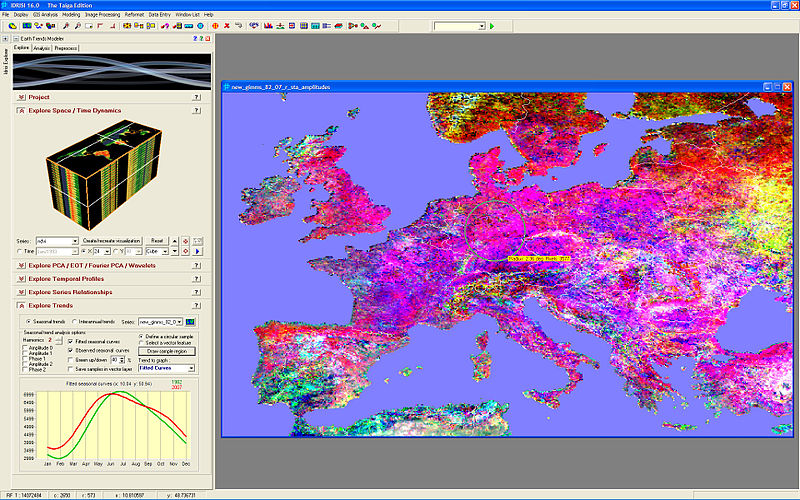How to overcome the challenge of predicting future water demand
Developing a new water treatment facility requires careful planning to ensure it meets both the current and future needs of the community it will serve. Accurately estimating water demand is crucial for sizing the plant appropriately and planning for future expansion. Oversizing can lead to unnecessary capital outlays, while undersizing can result in inadequate supply. Balancing these needs is essential for creating a sustainable and flexible water treatment system that can adapt to changing demands over time.
Future-proofing a new plant by extending its capacity beyond current needs may require a large capital outlay for unused capacity, so it’s critical for municipalities to accurately estimate their current and future water treatment needs in order to optimally size the plant and to have the flexibility to expand in the future.
What are some of the key factors that influence water demand?
Understanding each of these factors is crucial for managing water resources effectively and ensuring a sustainable water supply for future generations.
- Population growth: As the population expands, so too will its water consumption. Water is not only needed for individual consumption, household purposes, and sanitation, but also for food production. In order to grow more food to feed the growing population, more water will need to be extracted from surface bodies of water or pumped from aquifers. Seasonal variations in rainfall can affect supply, which may be exacerbated by a seasonal influx of tourists, leading to higher demand. In some water-scarce regions, such as the Caribbean, the tourism industry is the biggest water consumer and is likely to continue growing. Yet, the Intergovernmental Panel on Climate Change (IPCC) forecasts that many regions that rely on tourism for economic growth are likely to experience a decrease in rainfall in the future.
- Economic activities: Population growth also leads to urban expansion and economic development, resulting in an increase in industrial and commercial activities. Energy production, manufacturing, and other industrial processes consume significant amounts of water. Intensive farming practices and irrigation require large volumes of water, especially in arid regions, putting additional demand on limited water resources that are already stressed.
- Climate and weather patterns: Seasonal changes in rainfall can affect water availability, with water shortages sometimes occurring during hot, dry months when the water demand increases. Higher temperatures can lead to greater water evaporation, resulting in a higher water demand for crop irrigation. Additionally, changes in rainfall distribution due to climate change can lead to unpredictable fluctuations in water availability and demand for agricultural irrigation.
- Water conservation measures: Implementing innovative water-saving technologies and initiatives can help to reduce the overall demand for water and conserve resources. For example, using improved irrigation methods such as drip irrigation can lower water consumption in agriculture, while water-efficient plumbing fixtures can reduce water usage in homes and buildings. Innovative wastewater treatment technologies now make recycling water for reuse in irrigation a promising solution. Government policies concerning water allocation, usage restrictions, and conservation can also have an impact on demand, while water-pricing structures and tariffs can influence consumption behavior and help encourage consumers to use water more efficiently.
Methods for Estimating Municipal Water Demand

Geographic information systems (GIS) can be used to analyze seasonal trends in rainfall and temperature, helping to predict fluctuations in water demand.
Several different methods can be used to estimate water demand, including:
- Analysis of historical data: Analyzing historical water usage data can identify long-term water usage trends and anomalies, and help predict future demand. For example, time series analysis applies statistical techniques to analyze and forecast water consumption patterns over time.
- Geospatial analysis: Geographic information systems (GIS) provide a useful tool for mapping and predicting water demand spatially, based on current and future zoning and land use patterns or future development plans, for example.
- Statistical and econometric models: Other statistical models used to forecast water demand include regression analysis. In regression models, water use relationships are expressed as mathematical equations, depicting water usage (dependent variable) as a mathematical function of one or more independent (explanatory) variables. However, it’s important to note that for these models to produce reliable projections, the data input must be accurate.Demographic models and economic development models that use population growth rates and expected industrial development figures can be used to estimate future water needs based on projected population growth and/or industrial growth, while also considering the rate of urbanization and its impact on water demand.
Climate models can be used to predict changes in water demand due to temperature and precipitation variations, or to estimate water requirements for agriculture based on future climate scenarios.
Leasing Plants to Overcome Forecasting Challenges
While the above methods can provide some insight into future water demand, their accuracy can’t be guaranteed. However, with Seven Seas’ Lease Plant Program, municipalities can opt for a short- or long-term lease to meet current needs while retaining the flexibility to adjust if demand changes in the future.
Customers get the water they need without having to outlay vast sums of capital. And, with leased plants, advanced technologies can easily be integrated, offering state-of-the-art technology.
Contact Seven Seas to learn more about our Lease Plant Program and how it can overcome the challenges associated with forecasting water demand.
Image Credit: shankar Dayal/Wikipedia
